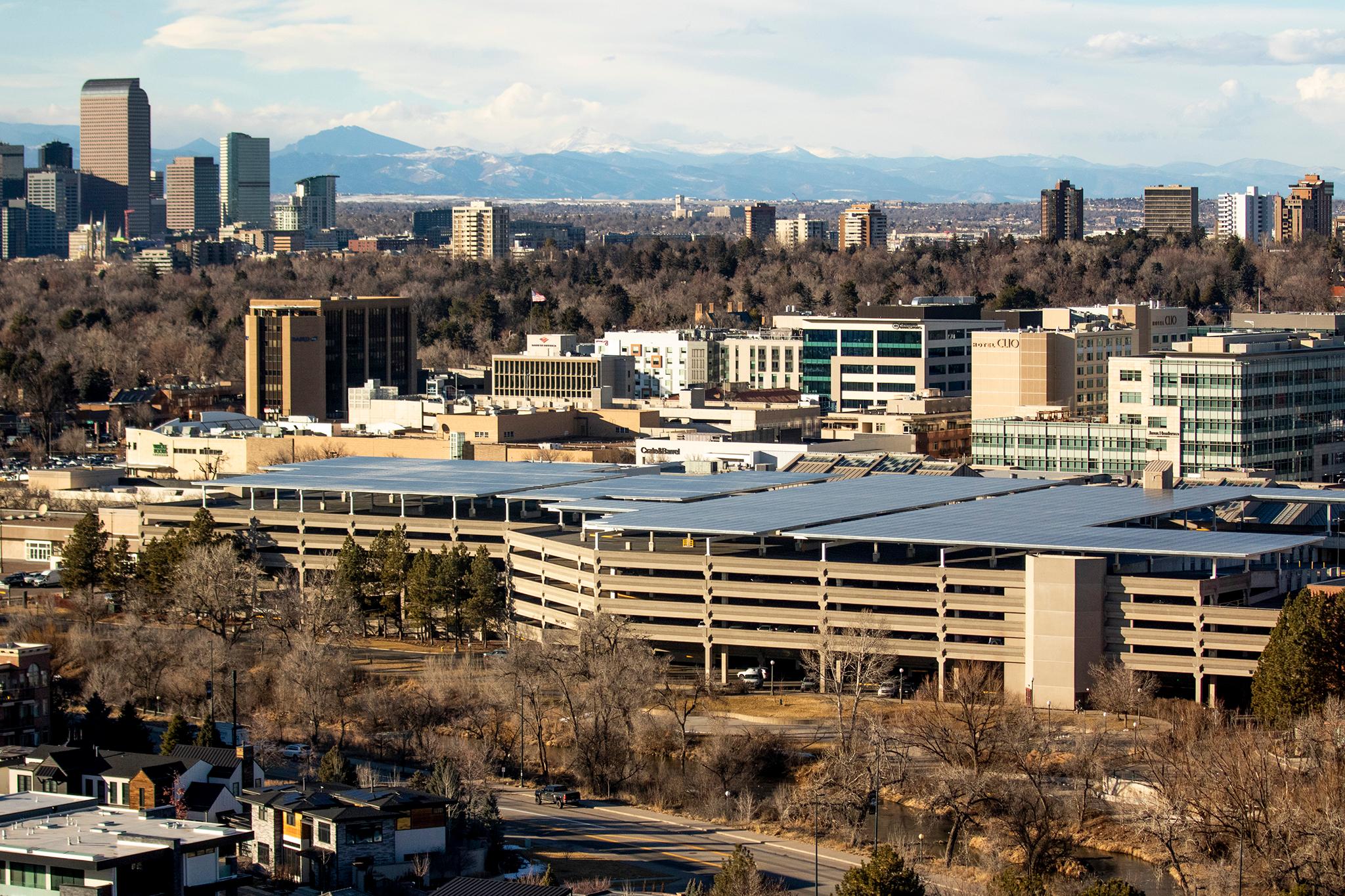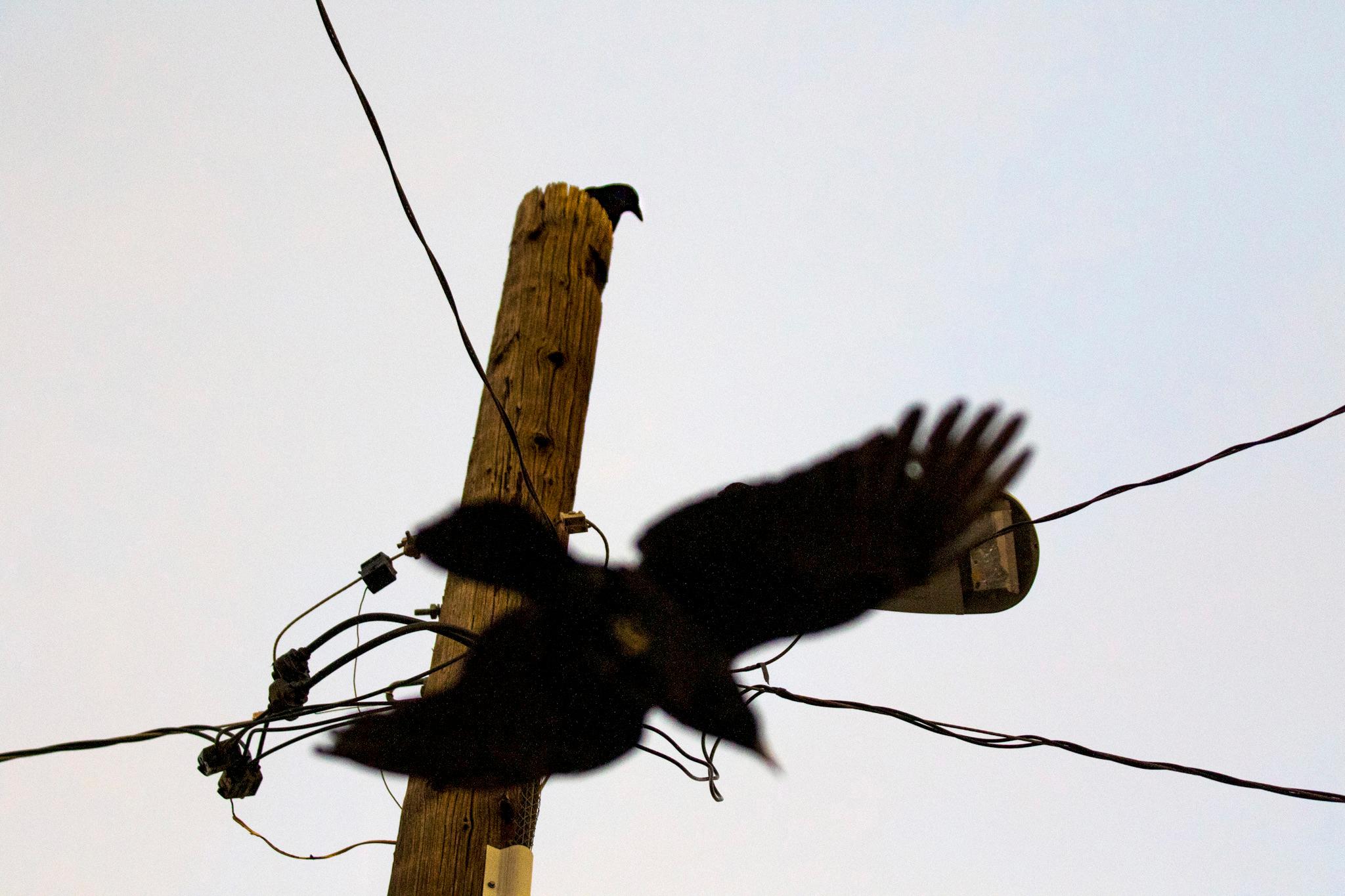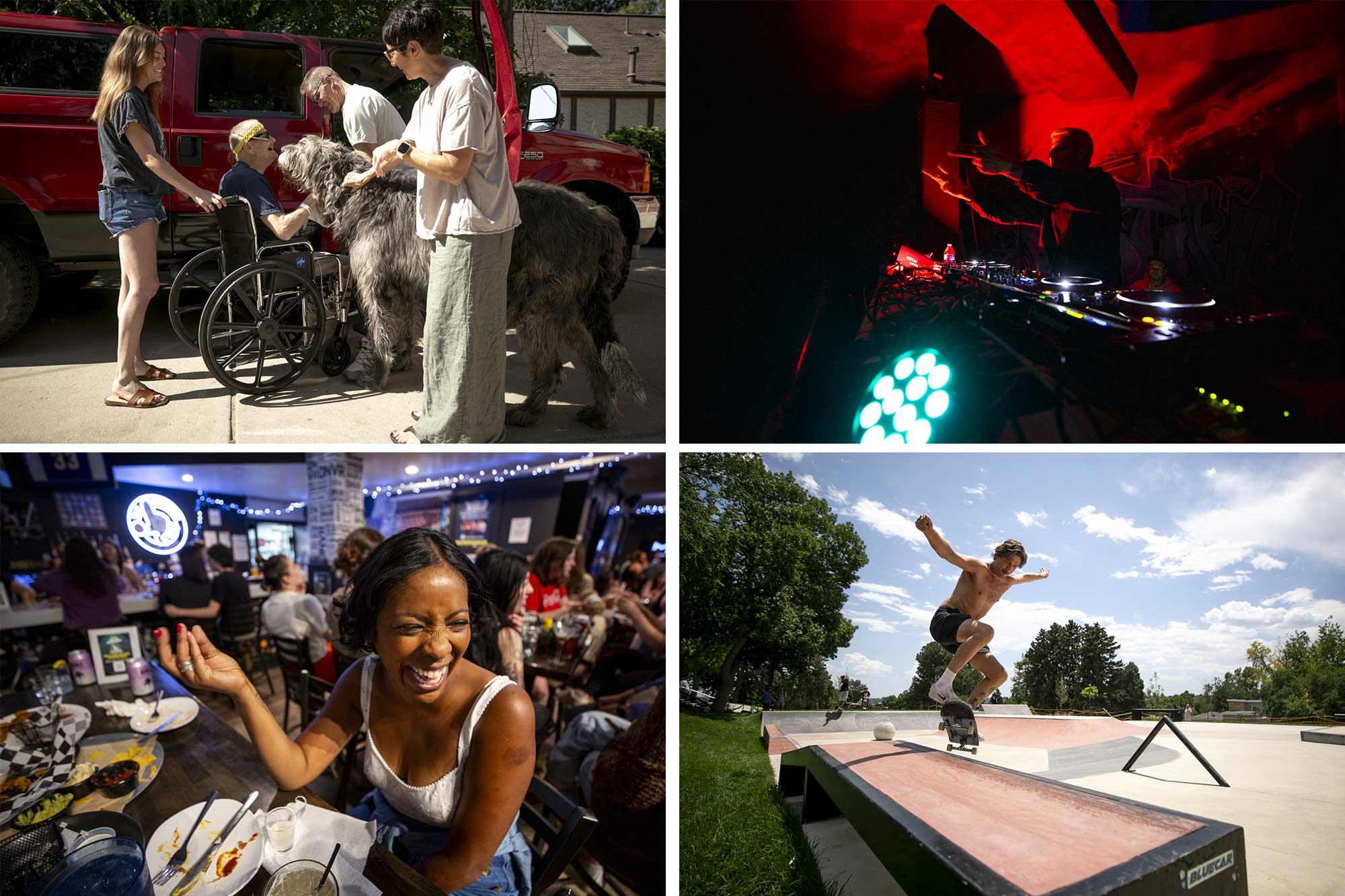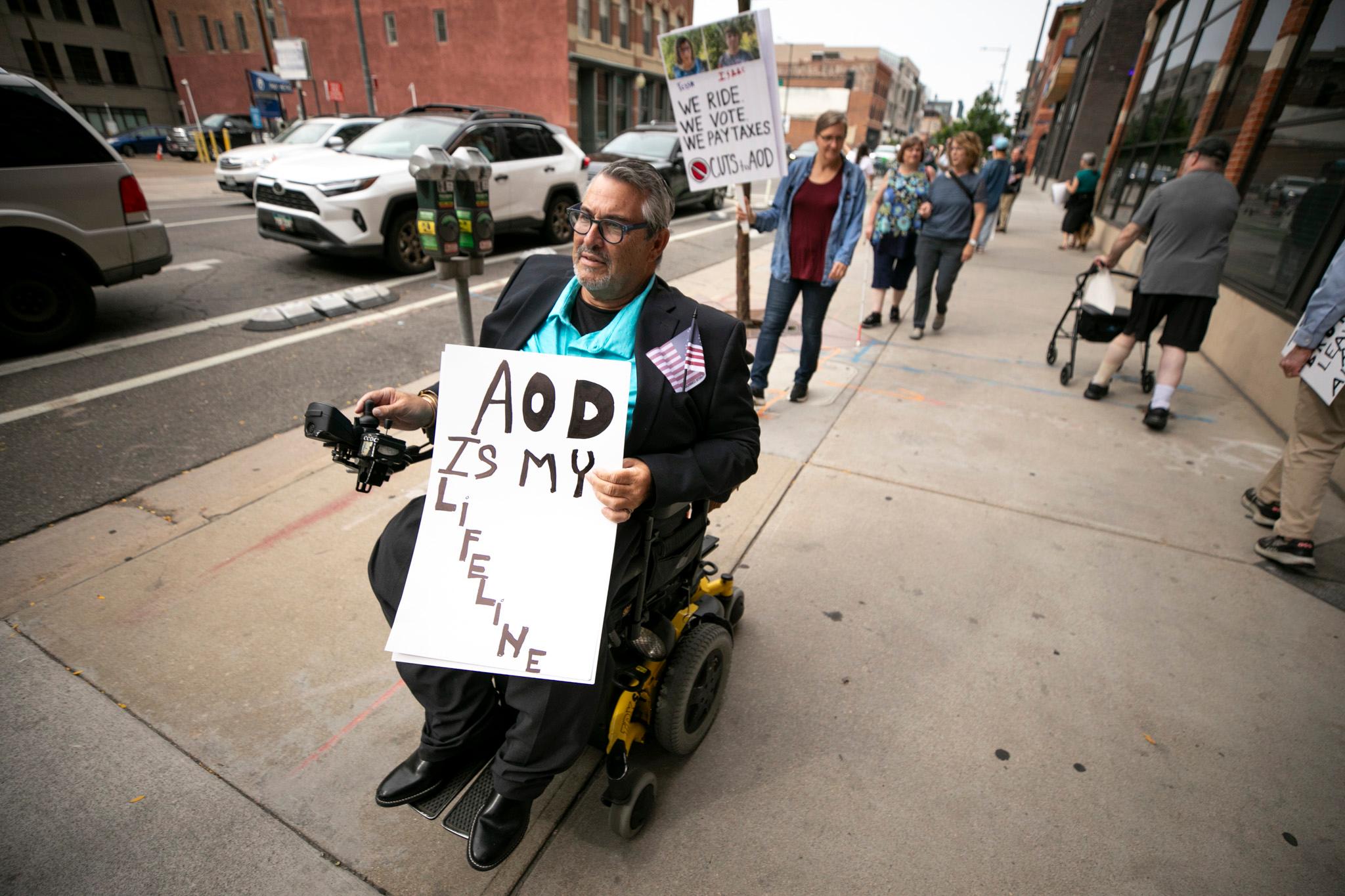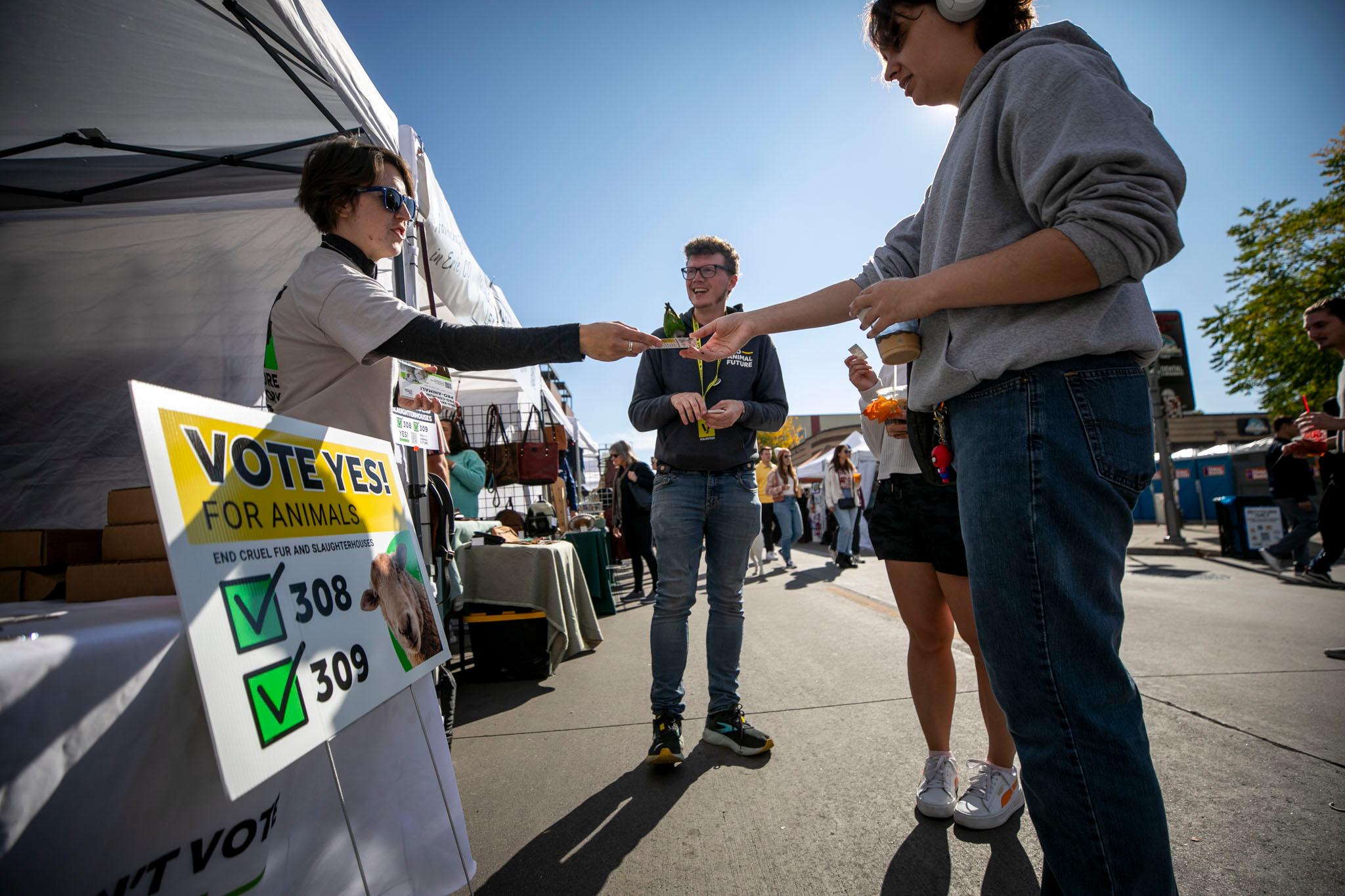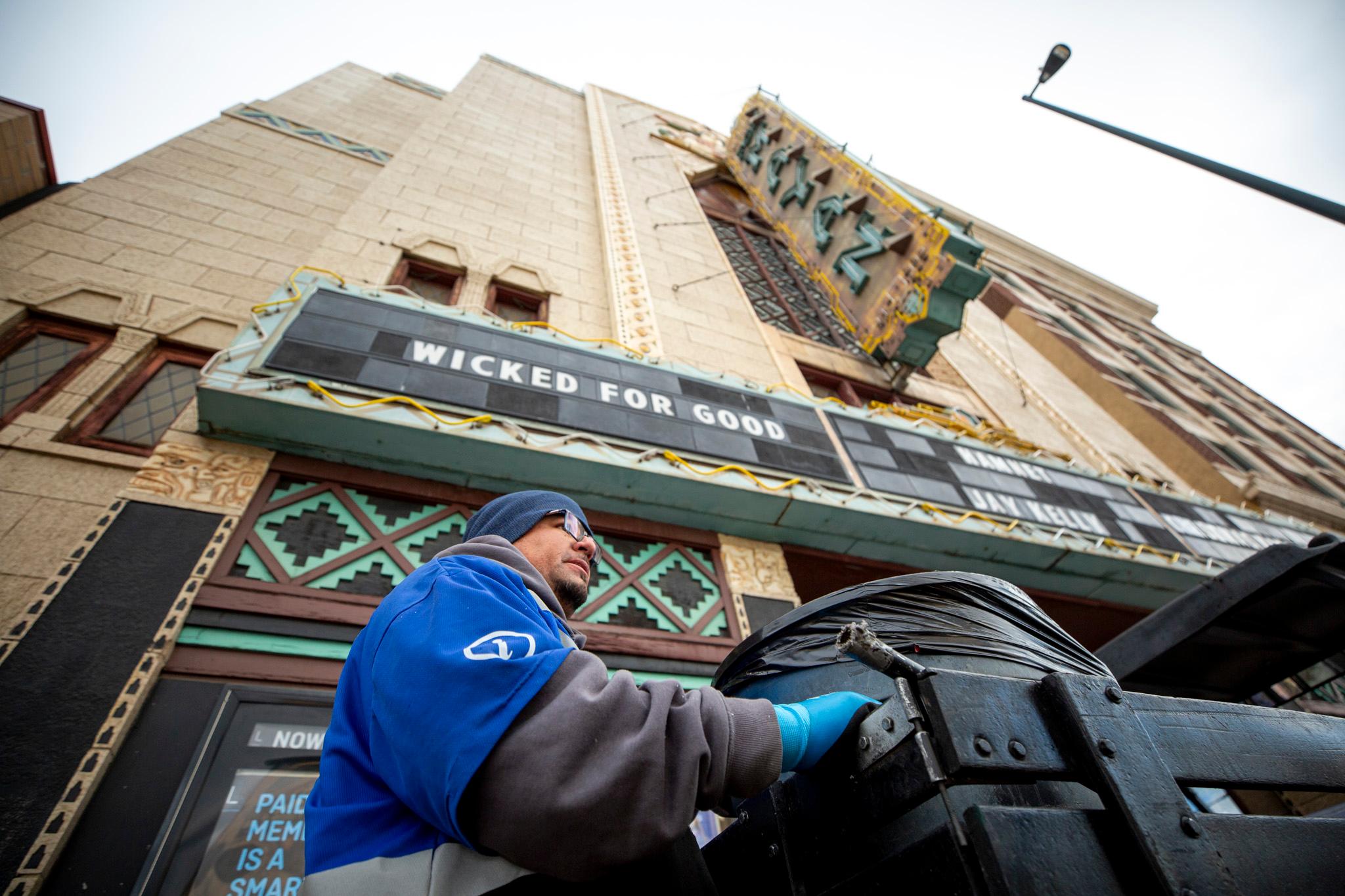Cherry Creek neighbors want to make their community safer, cleaner and generally more pleasant to live and work in. Raising property taxes might be the solution.
Denver City Council member Amanda Sawyer’s office is exploring the potential of creating a self-taxing General Improvement District in the Cherry Creek neighborhood.
The conversations originate from a 2024 community needs assessment for the neighborhood. Results from that survey outlined a desire for several local improvements to the neighborhood, like additional security, pedestrian lighting and micro-transit.
But Sawyer’s office said those hyperlocal changes are unlikely to be paid for by the city. Additionally, a 2012 area plan for the neighborhood recommended the creation of the special district.
So instead, Sawyer thinks a General Improvement District could fund improvements.
What is a General Improvement District and how could it fund neighborhood desires?
General Improvement Districts, or GIDs, are self-funded entities that collect revenue through raised property taxes within a specific boundary.
In order to form a GID, a majority of people within the proposed boundary of the special district must vote to form one. Both renters and property owners are given separate ballots during an election to vote on a GID.
The taxes are collected from property owners within the GID’s boundaries. In the case of Cherry Creek’s potential GID, both commercial and residential properties within the area’s borders will be represented by the GID. Businesses already taxed by the existing Cherry Creek North Business Improvement District won’t be represented by the potential GID.
Jamie Giellis, a consultant who was hired by Sawyer’s office to facilitate the GID discussions, said the exact amount of taxes collected by a GID depends on the area.
That amount would be determined during a later phase of GID formation, shortly before the official proposal is presented to the city.
Using those dollars, the GID has mostly free rein to fund additional improvements within its borders, as chosen by its constituents.
For example, the Ballpark District’s GID — the newest one in the city — funded a new private team that tackles “crime and cleanliness” near Coors Field.
GIDs are getting increasingly popular
Giellis has carved out a niche for herself by helping form GIDs and their similar counterparts, Business Improvement Districts.
In Denver, most neighborhoods have opted to form Business Improvement Districts, or BIDs. While there are only five official GIDs in Denver, there are currently 12 BIDs.
BIDs are essentially GIDs, but increased property taxes are only applied to commercial real estate owners.
But recently, Giellis has been getting more inquiries around forming GIDs, a pattern she’s attributing to the changing cityscape.
“You've now got residential buildings or mixed use with commercial on the ground floor and residential above,” Giellis said. “And that's going to be the trend going forward. So I think that's why you see the GIDs or hear about the GIDs now becoming a more popular tool.”
If there’s enough interest in forming a Cherry Creek GID, the goal is to bring the proposal forward to the 2026 November election.
Giellis is also helping bring a GID to a long strip of South Broadway between 6th Avenue and Ohio Avenue. A proposal to form that special district is expected to go to a ballot for eligible residents in November.

